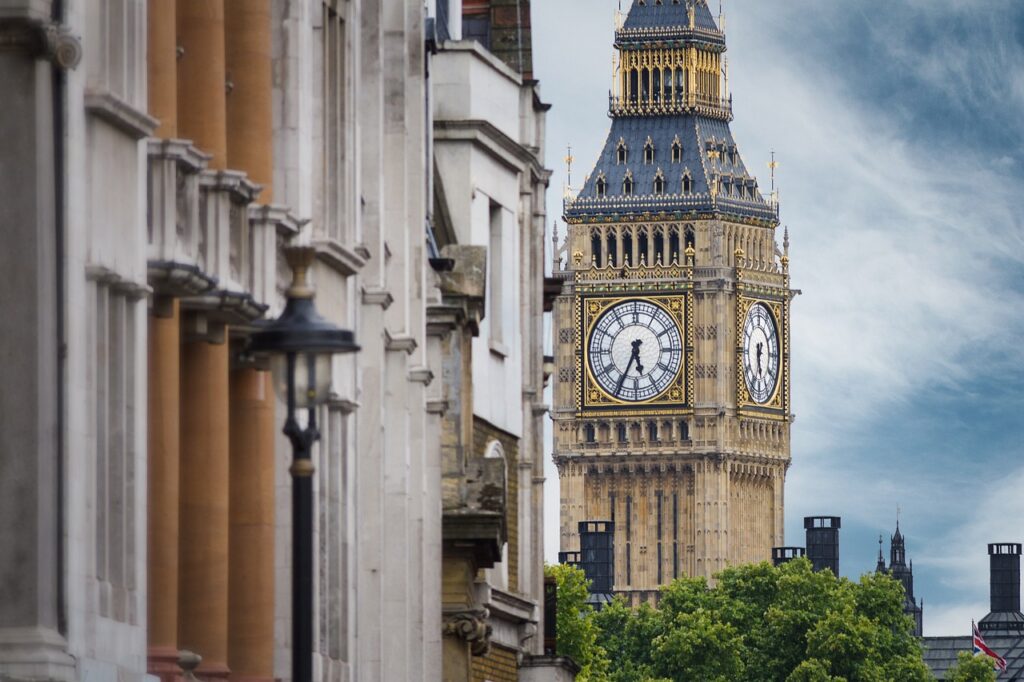On Thursday 17 November, the Chancellor presented the government’s Autumn Statement in which he told the House of Commons his plans to tackle the cost-of-living crisis, “rebuild our economy” and significantly reduce borrowing over the coming years.
The Chancellor said that global factors are the primary cause of current inflation and that most countries are still dealing with the fallout from the pandemic. He stated that the measures taken to combat Covid-19 in the UK must be paid for. He also acknowledged that the UK is in recession and indicated that things will have to get worse before they get better.
His measures on taxes mean that tax as a percentage of national income will increase by 1% over the next 5 years and this is now amongst the highest proportion of income going to HMRC for at least 70 years.
The key taxation points made by the Chancellor include:
- The highest rates of income tax (45% or, in the case of dividend income, 39.25%) will apply to those with incomes of more than £125,140 from April 2023. The threshold is currently £150,000.
- Other income tax thresholds are being frozen until 2028, effectively meaning higher tax each year on earnings that increase with inflation.
- NIC bands and rates remain as they are, following the reversal of the 1.25% percentage point increase on 6 November 2022. Like income tax, the NIC bands/thresholds will also be frozen until 2028.
- The dividend allowance, which determines the amount of dividend income subject to 0% income tax each year, will reduce from its current level of £2,000 to £1,000 in the 2023/24 tax year and to just £500 in 2024/25.
- The current £12,300 annual tax-free capital gains tax (CGT) allowance will be reduced to just £6,000 in 2023/24 and to only £3,000 in 2024/25.
- The VAT registration threshold will remain at £85,000 until April 2026.
- Electric vehicles will no longer be exempt from vehicle excise duty from April 2025 and, for employer provided company cars, benefit in-kind rates will start to increase.
- Tax reliefs for Research and Development (R&D) are being ‘re-balanced’ meaning increased rates for some (usually larger companies) and reduced rates for others (usually small or medium sized enterprises).
- The increased Stamp Duty Land Tax starting thresholds that were brought in from 23 September 2022 will now be treated as a temporary change, with the thresholds reverting to their original levels from 1 April 2025.
Some of the key spending statements made include:
- Government departments will be subject to tighter controls to tackle waste and inefficiency, except for the department for Health.
- The NHS budget will be increased in each of the next two years by £3.3bn.
- Education will have an additional £2.3bn for schools.
- Additional funding will be available for the devolved administrations for the NHS and schools.
- Overseas aid spending remains at 0.5% for the forecast period.
- A commitment to the climate pact agreed upon at COP26, including a 68% reduction of emissions by 2030.
- Northern Powerhouse rail, the HS2 and the East West Rail will go ahead as planned.
In other announcements, help for energy bills will be extended, but it will be less generous. There will be targeted support with the cost of living for those on low incomes and disability benefits, as well as for pensioners. These include £900 to be paid to those on means-tested benefits, £300 to pensioner households and £150 to people on disability benefits. The National Living wage will be increased from £9.50 an hour for over-23s to £10.42 from April 2023.
Pensions and means-tested benefits, including Universal Credit, will also rise in line with September’s inflation figure of 10.1% from April 2023. Rent increases in the social sector will be capped at 7% from the same date.
Immediately after the Autumn statement, the Office for Budget Responsibility (OBR) released its November 2022 economic and fiscal outlook. Forecasts predict the economy will shrink by 1.4% next year.
Their summary makes grim reading. They state that inflation is set to peak at a 40-year high of 11% in the current quarter, and the peak would have been a further 2½ percentage points higher without the energy price guarantee (EPG), limiting a typical household’s annualised energy bill to £2,500 this winter and £3,000 next winter.
Rising prices will erode real wages and reduce living standards by 7% in total over the two financial years to April 24 (wiping out the previous eight years’ growth), despite over £100billion of additional government support. The squeeze on real incomes, rise in interest rates, and fall in house prices all weigh on consumption and investment, tipping the economy into a recession lasting just over a year from the third quarter of 2022, with a peak-to-trough fall in GDP of 2%. Unemployment rises by 505,000 from 3.5% to peak at 4.9% in the third quarter of 2024.




